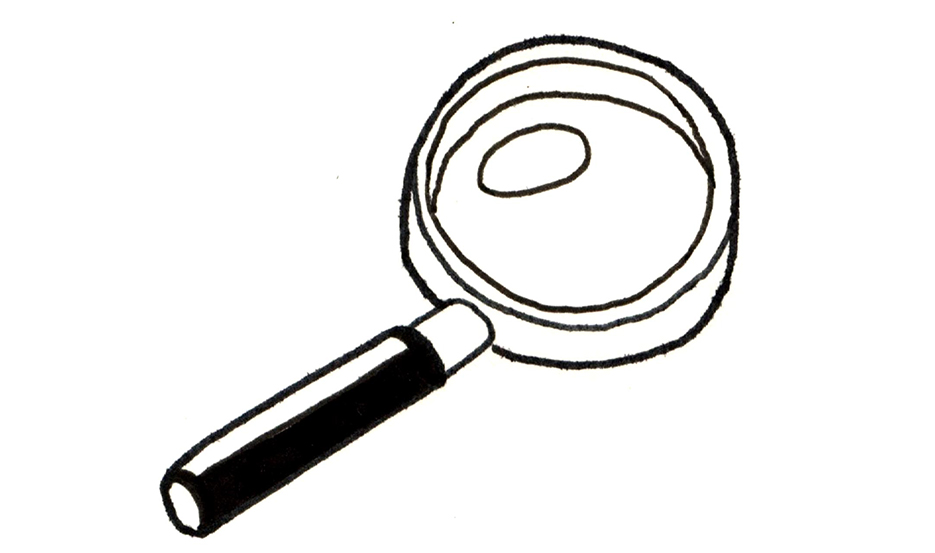AFP
Anti freezing point
Sugars have an effet on how hard the ice cream is (Freezing point AFP).
The temperature should be between -10°C and -18°C to optimize taste and texture.
In an alcohol mix, sucrose/glucose mixture will be preferred as it will result in a more solid but less sweet ice cream. In contrast, in a chocolate mix, invert sugar and dextrose will be used to balance the hardness and to obtain a creamy ice cream thanks to sugars with high AFP.
Dextrose
Has a high anti freezing point (AFP) and a low sweetening power (SP), brings freshness in the mouth and has an bactericidal effect. Helps lowering the mix freezing point and enhances the texture. Tends to colour the ice cream and to alter the taste.
Quicker melting process, does not help in overrun.
Fat
Ice cream requires a certain fat content, depending on the desired texture and in accordance with the applicable laws in the country where you are working.
Fat brings structure, long finish and slower melting.
Glucose
Has a sweetening power lower than sucrose. The lower DE is, the lower sweetening power SP and anti freezing point AFP will be. It increases freezing temperature, thermal shock resistance, enhances ice cream texture and shelf life, has an anti-crystallisation role on sucrose.
Be careful: if overdosed, it is sticky and pasty in the mouth.
Ice cream stabiliser
Stabilises the aqueous structure of the mix preventing the formation of ice crystals (anti-crystallising role). Increases viscosity, gives softness, favours overrun and delays melting.
Inulin
Used in small amounts (less than 2% of the mix), inulin gives a more compact structure bringing a null AFP and a low sweetening power.
Invert sugar
Used in delicate ice creams that tends to harden (chocolate ice cream for instance). Brings smoothness and reduces freezing point (AFP). Used in excess, gives a pasty and sticky texture and accelerates the melting process.
Maltodextrin
Has the benefit of providing solids with no SP and AFP (neutral). Is however a strong binding agent for the ice cream structure.
Milk Solids-Not-Fat
MSNF means milk solids-not-fat (milk powder 0% equivalent). It structures the ice cream and binds the water in the mix. It acts as an anti-crystalliser and flavour enhancer, gives a creamy aspect, favours overrun and increases shelf life.
Powdered milk 0%
Brings a soft and creamy texture, with a low sweetening power and PAC. Solids is the same as inuline.
Saccharose
Saccharose is the reference value for other sugars. It is given a value of 100 for its sweetening power called SP and its anti freezing point AFP.
It crystallises, gives a sandy texture and significantly hard crystals. That's why it is combined with other sugars in order to obtain a well-balanced texture and flavour.
SP
Sweetening power.
| Solids % |
Sweetening power (SP) |
Anti freezing point (AFP) |
|
|---|---|---|---|
| Lactose | 100 | 15 | 100 |
| Glucose syrup 44 DE | 80 | 52 | 90 |
| Powdered glucose 21 DE | 100 | 10 | 20 |
| Powdered glucose 38 DE | 100 | 24 | 45 |
| Powdered glucose 39-42 DE | 100 | 50 | 90 |
| Saccharose | 100 | 100 | 100 |
| Invert sugar | 80 | 130 | 190 |
| Fructose | 100 | 170 | 190 |
| Dextrose | 100 | 70 | 190 |
| Maltodextrin 18 DE | 100 | 5 |
Synthesis
Sugars have an effet on how hard the ice cream is (Freezing point AFP).
In an alcohol mix, sucrose/glucose mixture will be preferred as it will result in a more solid but less sweet ice cream. In contrast, in a chocolate mix, invert sugar and dextrose will be used to balance the hardness and to obtain a creamy ice cream thanks to sugars with high AFP.

